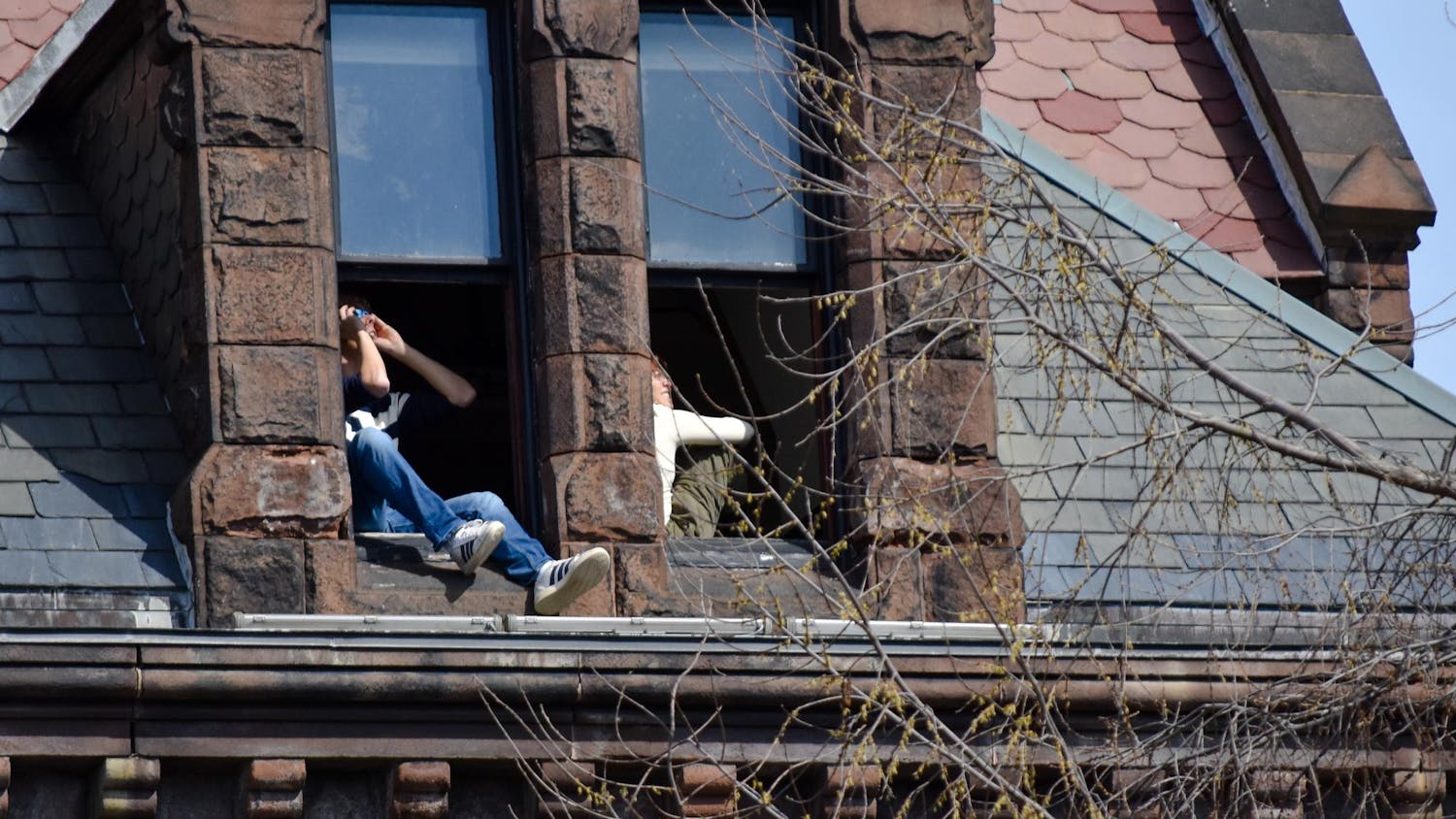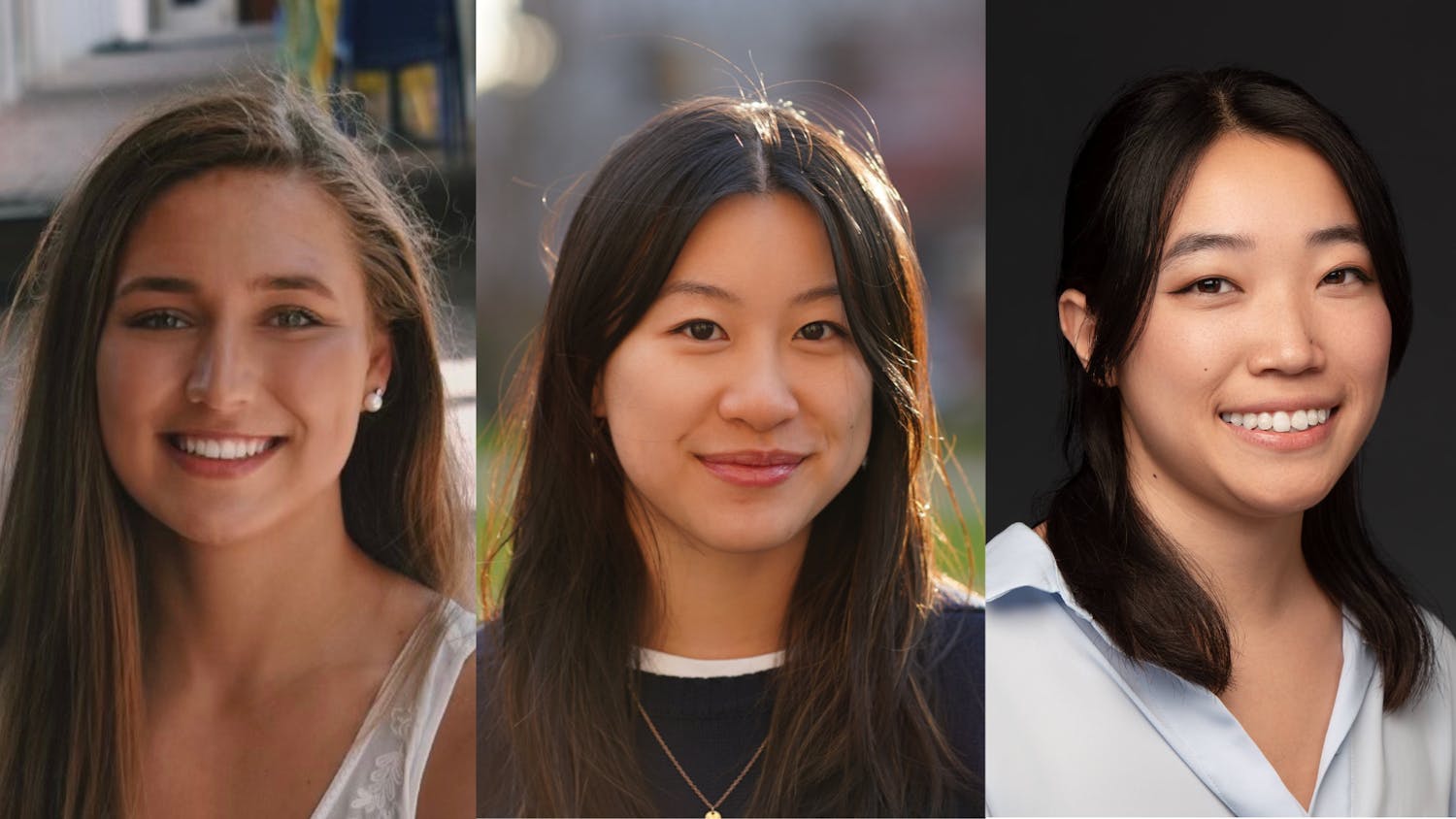With a focus on demographic disparities in STEM fields, several University faculty members and students spent Oct. 19 to 21 at the 2017 Society for Advancement of Chicanos/Hispanics and Native Americans in Science conference in Salt Lake City. They joined a community of around 3,000 scholars, tied together by a passion for science and empowering minorities, to listen to keynote speakers, conduct and attend workshops and discuss ongoing research projects.
“Students are really able to get inspired since it not only provides the opportunity for students to be able to listen to their peers from institutions across America, but also gives them the opportunity to interact with experimenters in their field and, of course, in other fields,” said Associate Dean of the College for Undergraduate Research and Inclusive Science Oludurotimi Adetunji.
Johnny Guzman, associate professor of mathematics, has been attending SACNAS since he was a graduate student. This year, his workshop explored differential operators, a relatively new and popular field in mathematics, through an undergraduate lens.
In addition, Assistant Professor of Mathematics Tarik Aougab hosted a second Modern Math Workshop on hyperbolic geometry for around 35 undergraduate students. He will host a Research Experience for Undergraduates in this subject area at the Institute for Computational and Experimental Research in Mathematics and decided to present a mini-course on this topic to a broader audience at SACNAS this year.
Throughout these workshops and the rest of the conference, Guzman encouraged student attendees to look into Brown’s graduate program. Aougab highlighted how the conference was the ideal space for the math department to increase its accessibility to minority and underrepresented students.
“One of the primary things I do is to build networks with people and serve as a mentor to students. I like to attend the poster session, where I can meet lots of students, see what research they have done, give them feedback and encourage them to look into our graduate programs,” Guzman said. “I also network with my peers — we offer ourselves support and community and help each other out.”
With the ability for the organization to aid the recruitment and retention of underrepresented students, SACNAS’ Brown chapter was started in 2012 by Adetunji and Professor of Biology Mark Johnson, the club’s current advisors. In 2013, this chapter was recognized by SACNAS as a “Role Model Chapter,” which attests to its efforts to host speakers and mock workshops where students practice presenting their projects among peers.
“At Brown’s SACNAS chapter, we cultivate this environment that fosters a sense of community whereby students are able to have opportunities to be mentored or serve as mentors to other students,” Adetunji said. “If they are applying to a position, a person who has gone through the process before can help them.”
The larger issue of diversity in STEM is brought alive through the vivid stories of struggles and challenges that were overcome, narrated by keynote speakers at the SACNAS conference. This year, keynote speaker Dr. Tyrone B. Hayes, discussed how his interest in frogs carried him through challenges and allowed him to persevere, leading him to become a renowned biologist.
“There is what is unfortunately a very normative mode of interaction that is taken for granted as being the way that mentorship or advising should be,” Aougab said. “It is — not coincidentally — a mode of interaction that certain types of students are more comfortable with than others. ... (Attempting to) subvert that is a very difficult problem.”
Despite the advances the University has made through its Diversity and Inclusion Action Plan, Aougab feels that it will take time and deeper conversations about racism to improve diversity in the sciences.
“I feel that many times, diversity is a buzz word that gets thrown around that signals you’re having the right conversation, but it can often be just surface deep,” Aougab said. “I don’t feel that you are really thinking about the full aspect of why diversity is important if you are not thinking about the ways in which your discipline affects your world outside of Brown.”




